
Lot 11
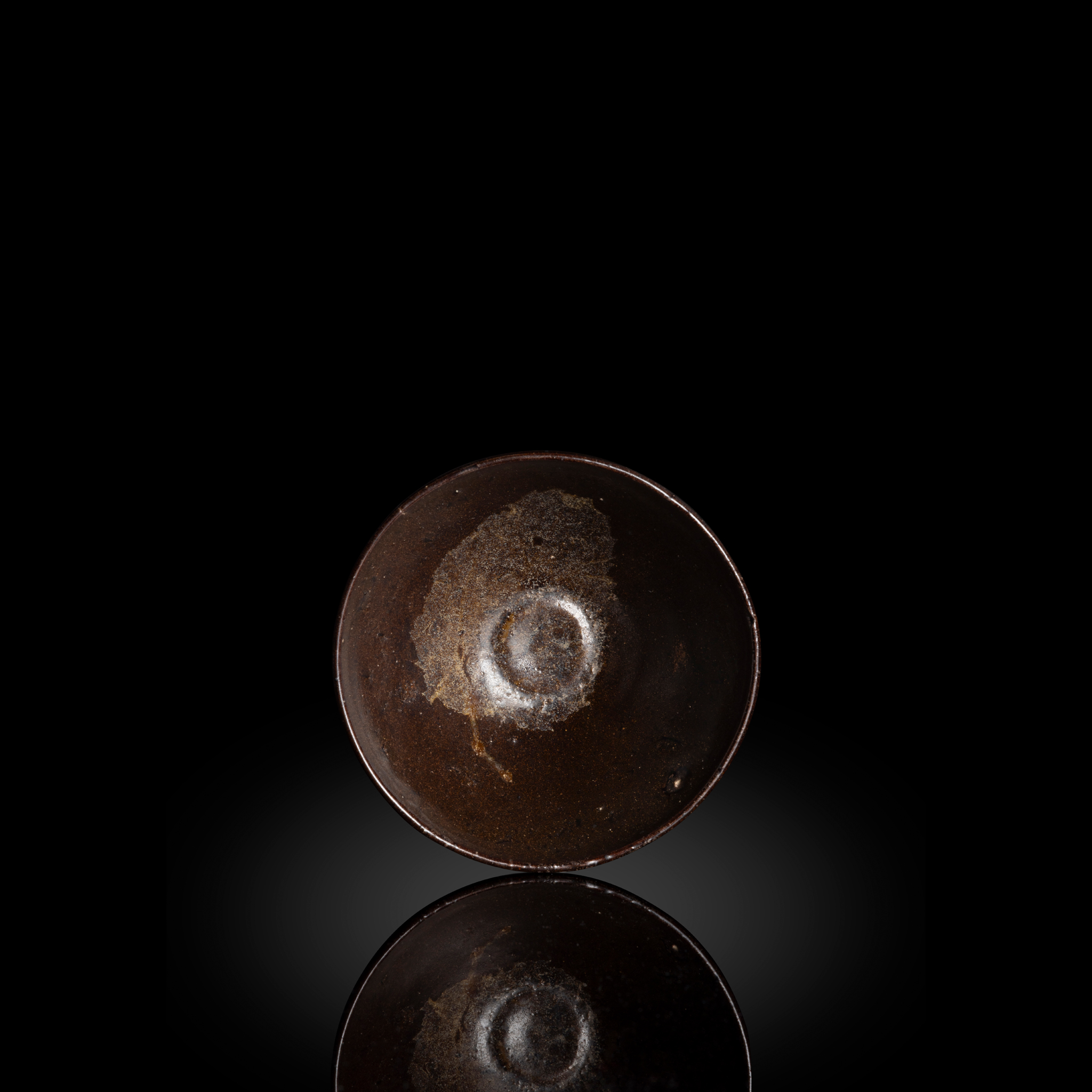
CHINESE JIZHOU LEAF-DECORATED TEA BOWL
SOUTHERN SONG DYNASTY
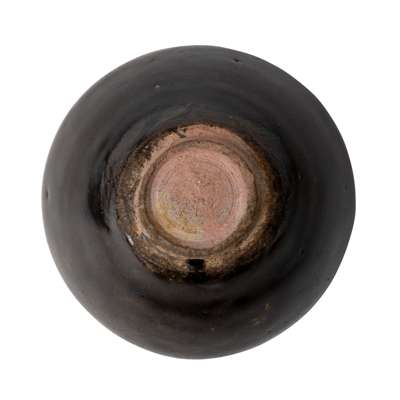
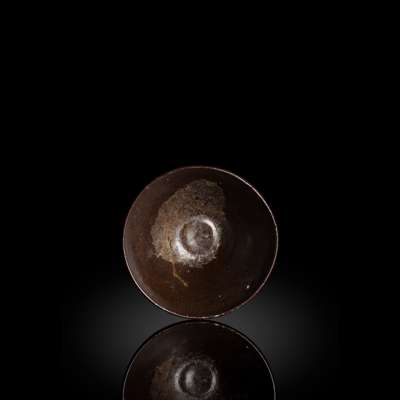
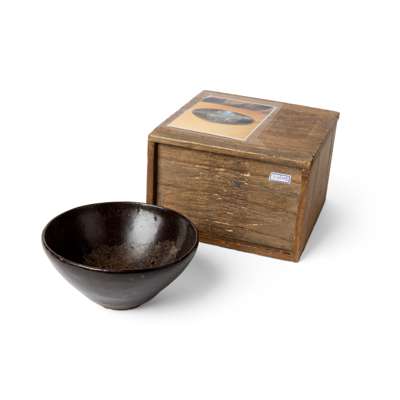
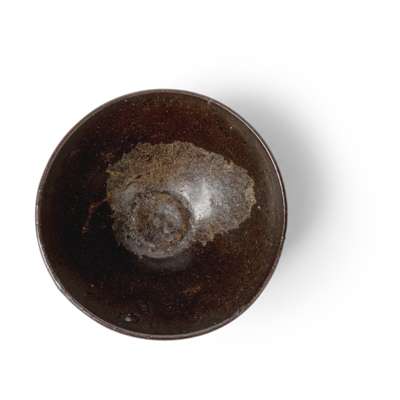


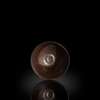
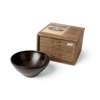
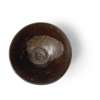

Auction: 16 May 2025 from 09:00 BST
Description
南宋 吉州窯木葉天目碗 帶木盒
of conical shape, decorated on the interior with the light-buff gossamer imprint of a large leaf against the dark-brown glaze, which thins to an amber colour at the rim and ends above the foot, with a Japanese wooden box tomobako
Dimensions
10.7cm diameter
Footnote
Leaf-decorated tea bowls, referred to in Chinese as muye wan (‘tree-leaf-pattern bowls’), are the most famous products of the Jizhou kilns and among the most celebrated of all ceramics made for tea use. The design was created by affixing a leaf to the interior of a bowl and then immersing the bowl in a dark brown glaze slurry. When fired in the kiln, chemical reactions stripped the leaf of its dark brown colour, creating a ghostly impression of the leaf structure, typically golden amber or pale yellow in colour. For further discussion of the processes involved in producing leaf decoration and for two examples of bowls decorated in this manner, the first from the collection of The Art Institute of Chicago and the second from the Arthur M. Sackler Museum, Harvard University, see R. Mowry, Hare’s Fur, Tortoiseshell, and Partridge Feathers, Cambridge, Massachusetts, 1996, pp. 259-62, nos. 107 and 108.
木葉紋飾是吉州窯最富創意的藝術創造,亦為歷來專為茶事所製陶瓷中最為人稱頌者。此一裝飾手法乃是在碗內貼附木葉,後施以深褐色釉漿。經窯火燒成後,化學反應使葉片本身的深褐色被剝除,留下其葉脈結構幽靈般的印記,常呈金琥珀或淡黃色。關於木葉天目碗的工藝流程,以及兩件近例——其一藏於芝加哥藝術博物館,另一藏於哈佛大學亞瑟·M·薩克勒博物館——可參見R. Mowry所著Hare’s Fur, Tortoiseshell, and Partridge Feathers,劍橋、麻薩諸塞州,1996年),頁259至262,圖版107與108。









